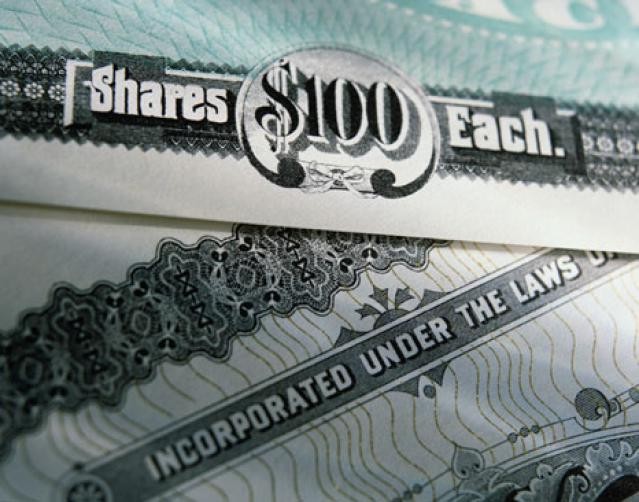Trailing StopLoss Orders can Preserve your Market Gains
Post on: 29 Июнь, 2015 No Comment

What is a Trailing Stop Loss Order?
A trailing stop-loss order sounds like complex investing strategies, however, it is fairly simple to understand when you take a minute to learn what each part of it means. To do that, well go through the different types of orders.
Why learn how to execute these types of trades? For starters, were still in a highly volatile market. The S&P 500 is up 67% from its March, 2009 lows (which were down 56% from October 2007 highs). Had you placed a 10% trailing stop loss order an S&P 500 index ETF (i.e. SPY) shares you owned before the market collapse, you would have only lost 10% of your investment off of the peak, versus 56% (like most of us). The same could be said if you bought near the bottom. Youd want to protect your 67% gains, right? Before getting into how to do that with a trailing stop loss order, lets take a look at some of the basics, first.
Market Order
Most novice investors will never venture beyond a market order. A market order is an order to buy or sell a stock immediately at the best market price. This differs from a limit order (well discuss in a bit) in that you are not able to specify the price in which you would like to buy or sell at with a market order. There are two types of market orders:
- Buy market order. your trade executes at the real time ‘ask’ price.
- Sell market order: your trade executes at the real time ‘bid’ price.
Limit Orders
A limit order is an order to buy or sell a number of shares at a specified price. With limit orders you are guaranteed that the price your order fills at will be at or better than the set price you specified. The problem with this type of order is that if the market price never hits your specified price, your order wont execute. Here are the two kinds of limit orders:
- Buy limit order: your trade is executed if the market price reaches your specified limit or goes lower.
- Sell limit order: your trade is executed if the market price reaches your specified limit or goes higher.
You basically use limit orders in anticipation of a future event, particularly if you arent willing to buy a share for more than a certain price, or sell for less than a certain price.
Stop Order
That brings us to stop orders. These are very similar to limit orders, with a slight difference. A stop order is an order to buy or sell a stock at the market value once a price hits your specified amount. The key part here is at the market value . Whereas a limit order executes at or better than your specified price, a stop order executes at the market value when your price is hit.
Stop Limit Order
Confused yet? Dont be. Stop limit orders combine the features of a stop order and a limit order. Instead of relying on market bid/ask prices once your stop order price has been hit, your stop order turns into a limit order and executes at or better than the price you set if another party is willing to fill it.
Trailing Stop Order
Payday. Finally. When you place a trailing stop order, you enter a stop parameter that creates a moving or trailing activation price. This parameter is entered as a percentage change or actual specific amount of rise (or fall) in the security price. Trailing stop buy orders are used to maximize profit when a stocks price is falling and limit losses when it is rising. Trailing stop sell orders are used to maximize and protect profit as a stocks price rises and limit losses when its price falls.
Trailing Stop Loss Order
A trailing stop-loss order limits the downside. How would this work in a bull market? Well, lets go back to the SPY example. Lets say you put a trailing stop-loss order on SPY of $10. SPY is now at $115. For example, lets say that SPY falls to $107. No trade would have executed because SPY didnt lose $10. SPY then goes up to $150. SPYs stop price would have reset to $140. Then it tanked and dropped to $115 again. Your order would have executed at $140, protecting $25 of your gain. Nifty.
Other Trading Considerations
Keep in mind that using these types of trading strategies frequently can result in added trading fees. Its for that reason that you should use a discount broker and try to limit the number of trades that you make. My personal favorites is TradeKing. Also, this is not a recommendation, but rather informational invest at your own risk .














